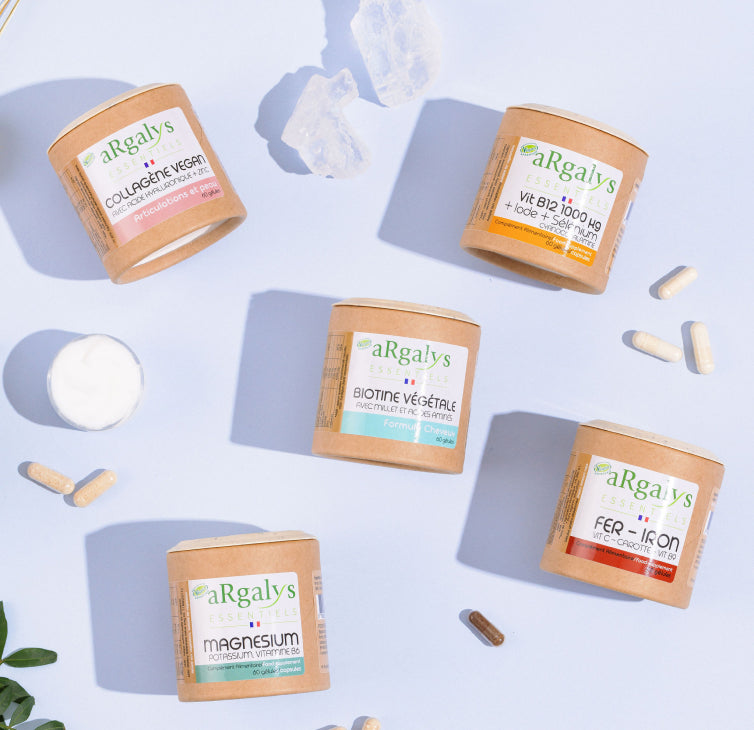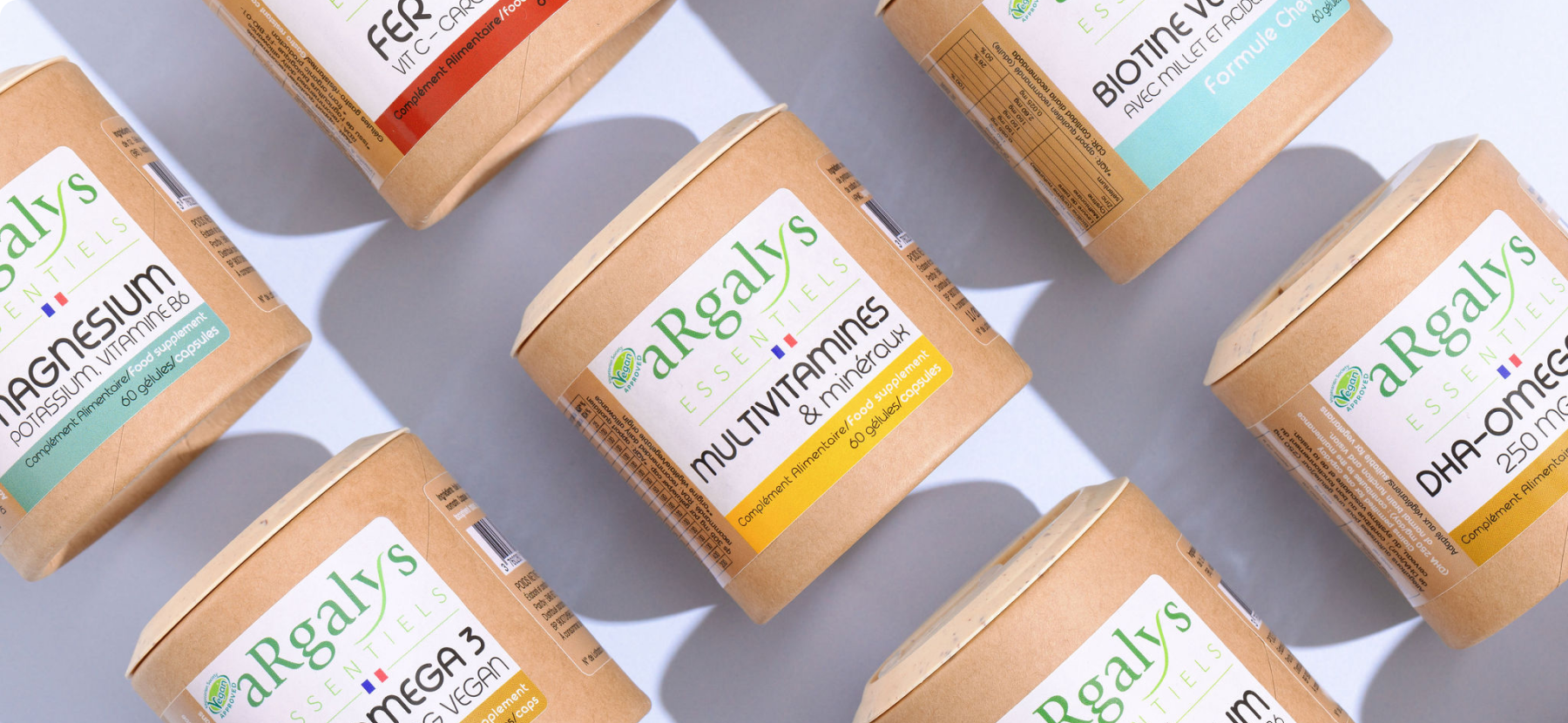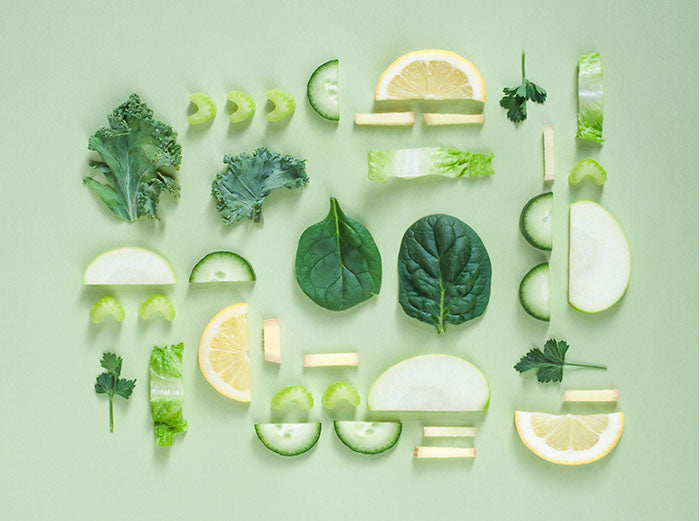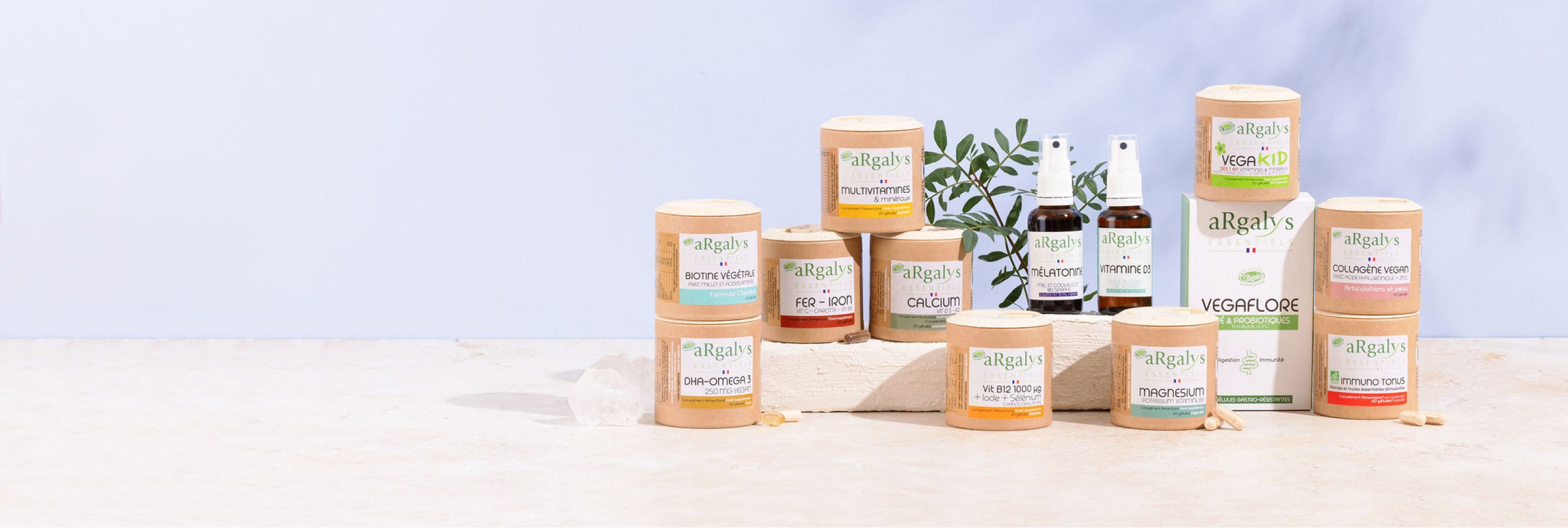DHA, or docosahexaenoic acid, an essential omega-3 fatty acid , is well known for its health benefits. One of the unique features of DHA is its diverse sources, although there are qualitative and ethical considerations to consider.
There are 3 different sources of Omega 3 DHA : Fish, Algae and Omega 3 ALA.
Oily Fish: a source of Omega 3 DHA
Oily fish , such as salmon, mackerel, herring, sardines, are rich natural sources of DHA.
These fish accumulate DHA by feeding on marine organisms, including algae and krill (plankton), which are rich in omega-3 fatty acids.
Consumption of oily fish is the classic direct source of DHA.
Due to marine pollution, however, oily fish have fairly high levels of heavy metals (lead, mercury, cadmium, arsenic) which lead health authorities to recommend limited intake of two or three times a week.
Oils extracted from fish are processed to lower their heavy metal content according to current standards.
Krill oils (plankton) are a possible alternative, but the extraction of this resource at the start of the marine food chain is not without consequences for the fauna that feeds on it, including whales.
Seaweed contains DHA
Algae are the primary producers of Omega 3 DHA in the marine food chain.
The algae Shizochytrium Sp has been identified as one of the most productive of DHA, which is why it is now cultivated for the production of DHA-rich vegan oil.
Cultivation in a controlled environment (in a biological reactor) guarantees both a virtually zero content of heavy metals and the absence of any negative impact on marine flora.
Omega 3 ALA at the origin of EPA and DHA
Omega 3 ALA (Alpha linolenic acid) is much more common than DHA in certain oilseeds (walnuts, rapeseed, flax, etc.) and the oils derived from them.
The body can synthesize EPA and DHA from the ALA in these oils.
However, the yield of this transformation is correct for EPA but too low (around 1%) for DHA and remains insufficient to cover daily needs (250 mg of DHA).
 04 74 03 98 80
04 74 03 98 80










